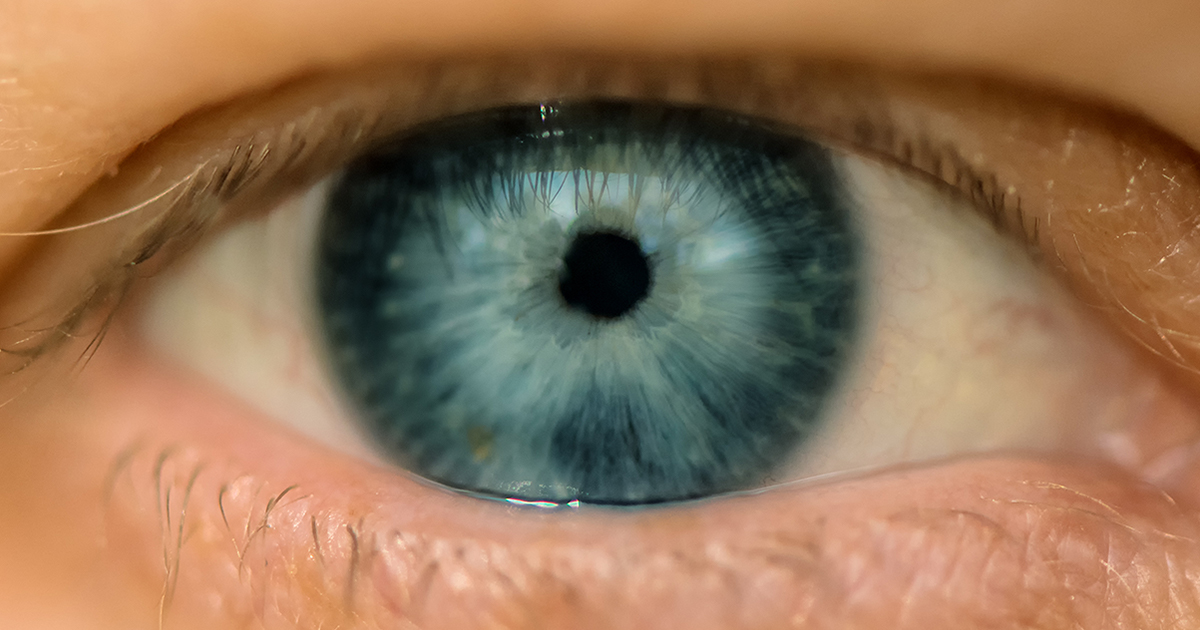Where Can Emerging Retina Agents Find Their Place in Clinical Practice?

Few therapeutic areas in medicine have a drug pipeline as flush as retina’s, as shown by trial results of a dozen or more emerging therapies in the space presented at the American Academy of Ophthalmology and OIS@AAO 2018. The UK-based global analytics company GlobalData projects that sales within the age-related macular degeneration (AMD) sector alone will more than double to $11.5 billion in 2026, a compound annual growth rate of 8.9%.
Metric for Adoption
For these new agents to find their place in the retina specialist’s toolbox over the next five years, they would need to outperform the existing three reliable agents – Lucentis and Avastin (ranibizumab and bevacizumab, Roche/Genentech) and Eylea (aflibercept, Regeneron) – in terms of vision gains and drying of retinal fluid to prevent the onset of geographic atrophy and diabetic macular edema, a panel of internationally known retina experts concurred in the retina breakout session at OIS@AAO 2018.
Moderator Pravin Dugel, MD, of Retinal Consultants of Arizona asked the panel to look five years into the future, when now-investigative agents such as brolucizumab (Novartis), faricimab (Roche/Genentech), abicipar (Allergan), and the China-approved anti-VEGF agent conbercept (Chengdu Kanghong Pharmaceutical Group), along with a host of other investigative treatments, may be among the new options for treating AMD and diabetic retinopathy.
“Certainly a lot of these drugs are comparable,” said Christina Weng, MD, of Baylor College of Medicine, Houston. “We’re looking for something better, not just non-inferior, which is how a lot of these trials are designed.” Longer durability – that is, intervals between treatments – is a trade-off worth making for new agents, she said. The appeal of faricimab is that it targets both vascular endothelial growth factor (VEGF) and angiopoietin-2, whereas existing agents target only VEGF. “More than 50% of patients were able to reach the 16-week interval” in the BOULEVARD trial, Dr. Weng noted.
Emerging Treatments versus Avastin
OIS@AAO co-chairman Emmett Cunningham Jr., MD, PhD, posed the question, “Two-thirds of the world uses Avastin. What would it take to pull people off of Avastin?”
David Boyer, MD, of Retina-Vitreous Associates Medical Group in Southern California, pointed out that the only head-to-head study of the three Food and Drug Administration-approved anti-VEGF agents was the Diabetic Retinopathy Clinical Research Network Protocol T, which showed Eylea and Lucentis were superior to Avastin in terms of visual acuity improvement. “Did that change the demeanor at all?” Dr. Boyer asked. “No, not very much.”
He also questioned the impact biosimilars of Lucentis or Eylea would have. “When you talk about biosimilars, we already have a biosimilar; that’s Avastin,” Dr. Boyer said. He explained that a new agent that exceeds the visual acuity gains of existing treatments by 5 letters or more would gain public support – but that the ultimate determination lies with payers. “Unfortunately, we’re not in control of our destiny, and patients are certainly not in control,” Dr. Boyer said. “We’re getting more and more pushback from the carriers to use Avastin first, and then switch to the branded drug after six treatments with no improvement.”
Dr. Dugel asked the other panelists what metric new therapies would have to achieve versus existing treatments to gain acceptance. Dr. Weng responded a 5-letter gain in vision with 12-week duration between injections.
Panelist Charles Wykoff, MD, of Retina Consultants of Houston, noted that in many cases Avastin does not achieve retinal drying to the extent that the other anti-VEGF agents do, but that payers can insist on its use anyway. “Where possible, our field needs to intentionally generate data that illustrates why a particular agent brings value to patients compared to other agents,” he said. “To gain widespread acceptance as the first-line agent at a higher price point, I think you need to aim for a 10-letter gain.”
Panelist Elias Reichel, MD, founder of the gene therapy firm Hemera Biosciences and a clinician at New England Eye Center, split the difference: 7 letters. “What’s really fascinating is that the bar has been set really high with our current anti-VEGF medications,” he said. Getting vision gains exceeding a 5-letter improvement is going to be very difficult.
He also issued caution about extended treatment intervals that developers of the emerging medications are striving for. “To me it’s the frequency of how often you see the patient,” Dr. Reichel said. “I don’t think we’re going to get those answers. Let’s say we get the wonder drug that last four months or six months. When are you going to see that patient? I don’t know.”
E-mail questions and comments to Rich@healthegy.com.
